Charles Renfro on the evolution of gallery design at Frieze Week
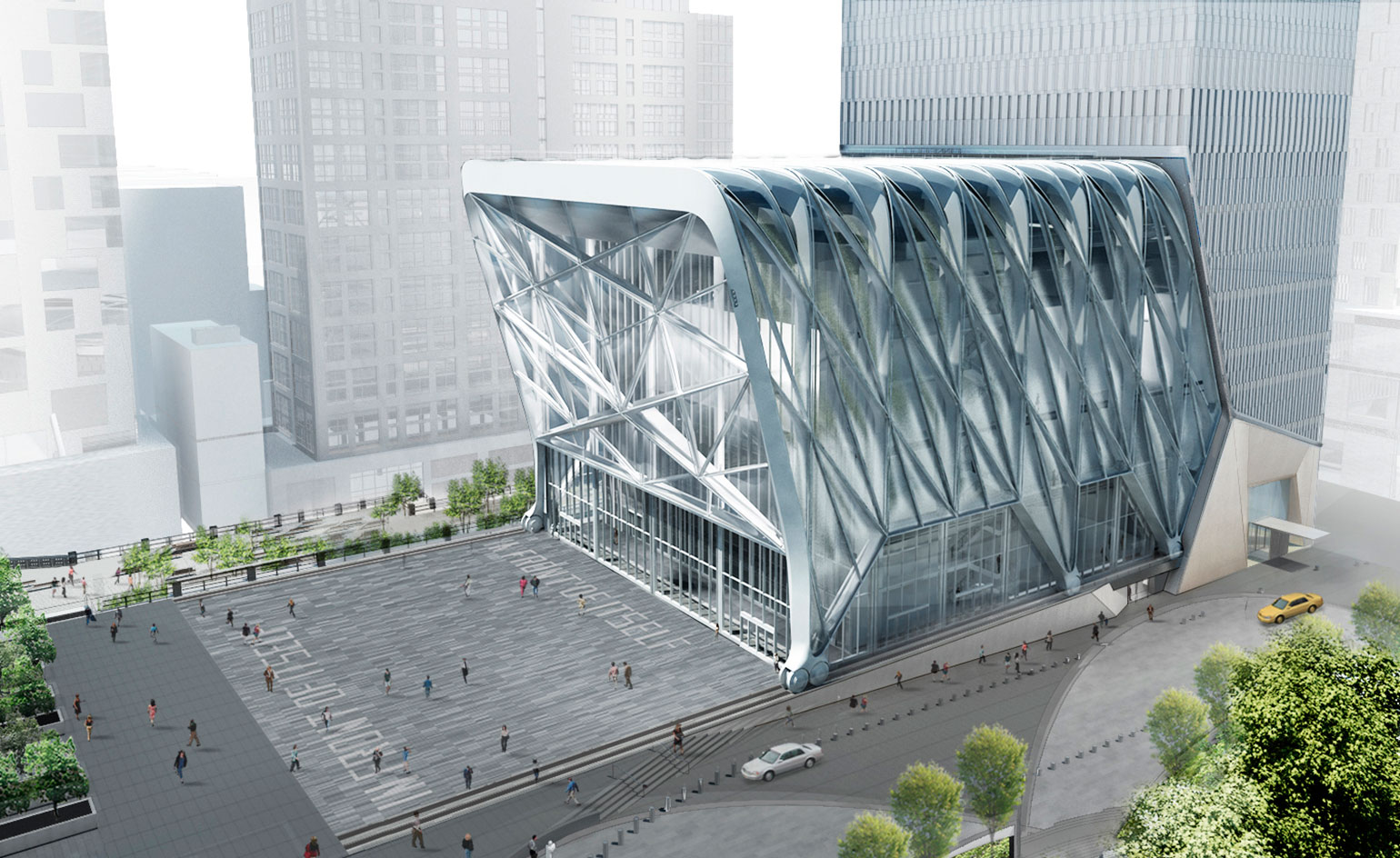
A rendering of The Shed, a cultural venue currently under construction in New York City designed by Diller Scofidio + Renfro in collaboration with Rockwell Group. Here, we take a look at DS+R’s greatest hits...
The Frieze Academy’s Art & Architecture Conference kicked off outside of the Frieze London tent in the more sedate environment of the Royal Institution, Mayfair. This year’s theme ‘Designing spaces to show, make and live with art’ focused on how architecture has shaped the cultural landscape.
The audience were treated to a line-up of the some of the UK’s most active and influential architects, as well as a flying visit from Charles Renfro of Diller Scofidio + Renfro (DS+R) who stepped onto the red-eye flight from NY, to tae the place of Liz Diller. Renfro did not disappoint with his quick fire responses to Ollie Wainwright, The Guardian’s architectural critic, and ability to shake off the standard line of critique – escalating real estate prices – levelled at the High Line in New York. Renfro was always one step ahead – the project had predicted 400,000 visitors but received eight million in its first year, a resounding success story.
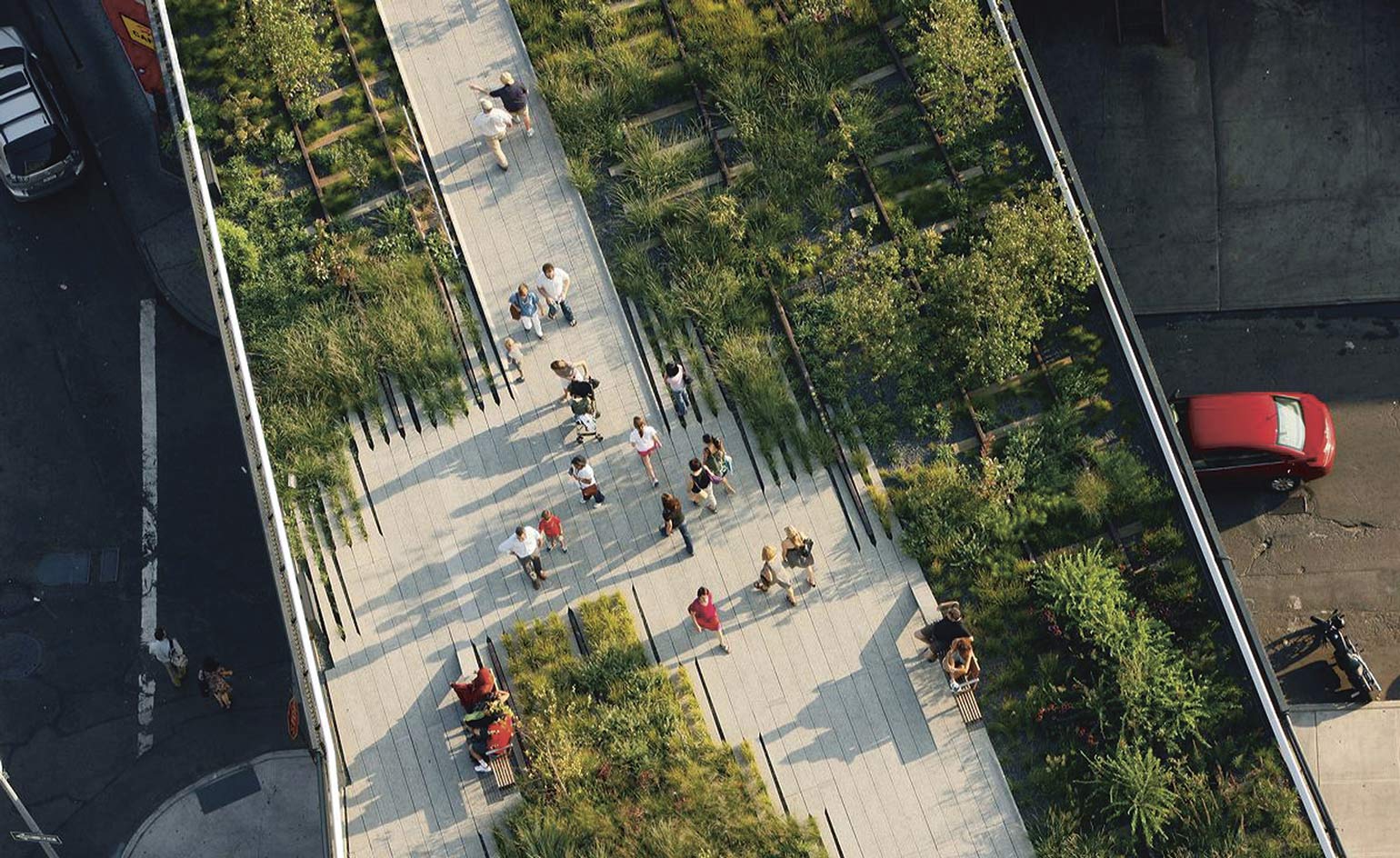
Diller Scofidio + Renfro’s design for New York’s High Line changed the perception of urban public space and has been a huge success
Wainwright’s probed into the relationship between the firm’s cultural project, The Shed, and rising housing values – the 10-storey Shed is nested into a 70-storey residential tower in a prime block of NY land, which could be read as a cosy coupling between real estate and art. But Renfro hit back, stating that Alex Poots – former director of Manchester International Festival and now creative director of The Shed – has designated a whole floor of the building to a production workshop, a gesture intended to mitigate the lack of artistic space in the former meatpacking district.
The Shed’s main feature is the Polymer transparent sliding roof canopy, which incidentally uses the same amount of electricity as a Prius engine running for half an hour-the roof when deployed doubles the building’s performance area. This is ‘architecture of the unanticipated,’ explains Renfro. ‘There is no way to anticipate the future of art.’
Renfro started his presentation with images of an earlier DS+R project, Mural, 2014, where automated drills systematically bore into four interior walls at the Whitney Museum of American Art in New York. The walls eventually collapse – a comment on the systems and structures of the institutional gallery space. Now they have the opportunity to design a building which could be a strong contender for pushing the typology of spaces for cultural production.
Sir David Chipperfield – who opened the conference and was recently commissioned by the Royal Academy to design its extensive expansion – reminded the audience of the complexity of competing visions for the gallery, from the curators to those in charge of visitor experience: ‘They are not coherent spaces but nevertheless they have a strong pull for architects.’
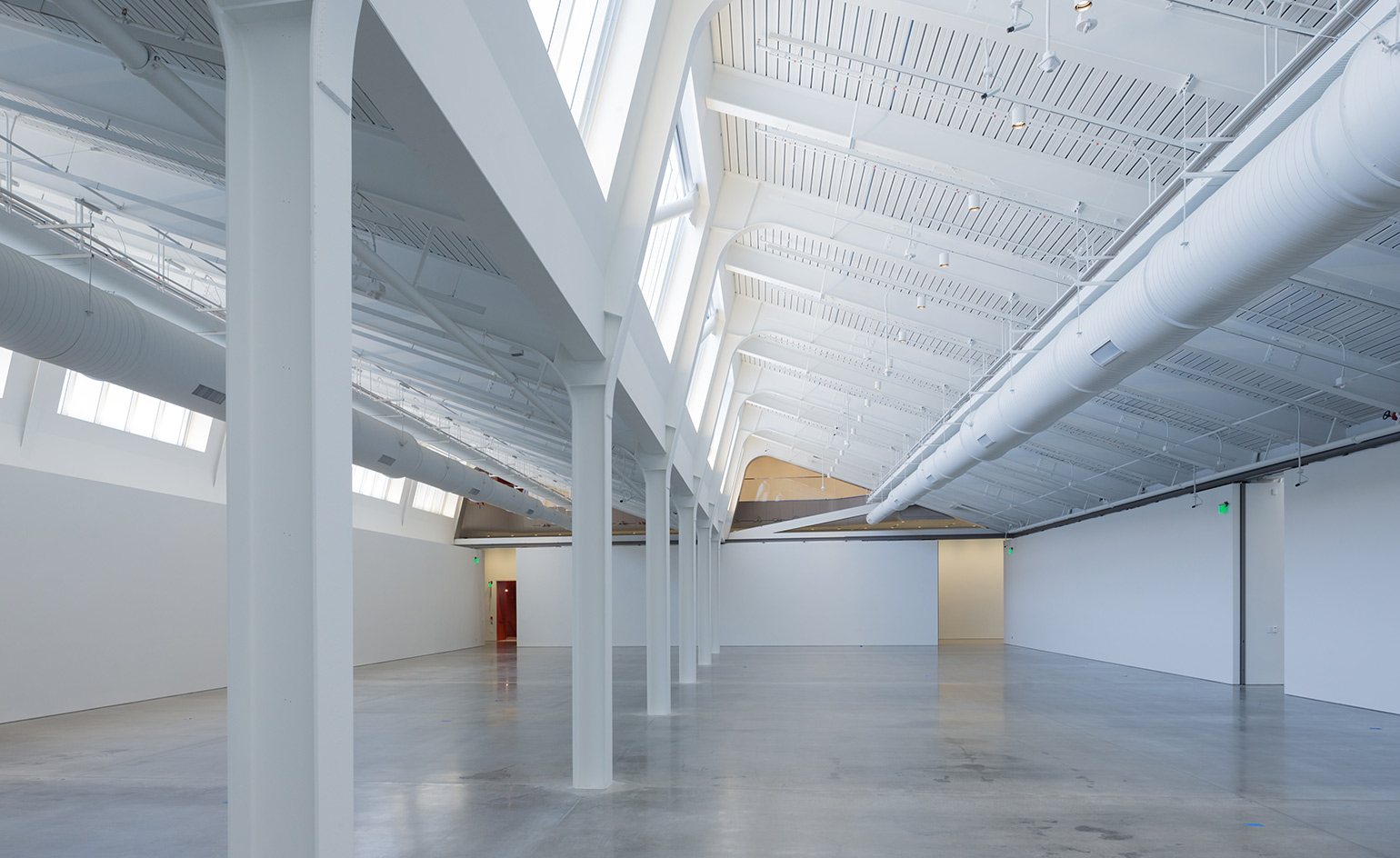
The Berkeley Art Museum and Pacific Film was completed in 2016. Pictured here, part of the revamped former 1939 art deco industrial printing plant turned gallery space

Interior of the Berkeley Art Museum and Pacific Film, a stylishly unified 83,000 sq ft compound

Completed in 2015, The Broad houses the art collection of Eli and Edythe Broad in Los Angeles and includes gallery space and a library.
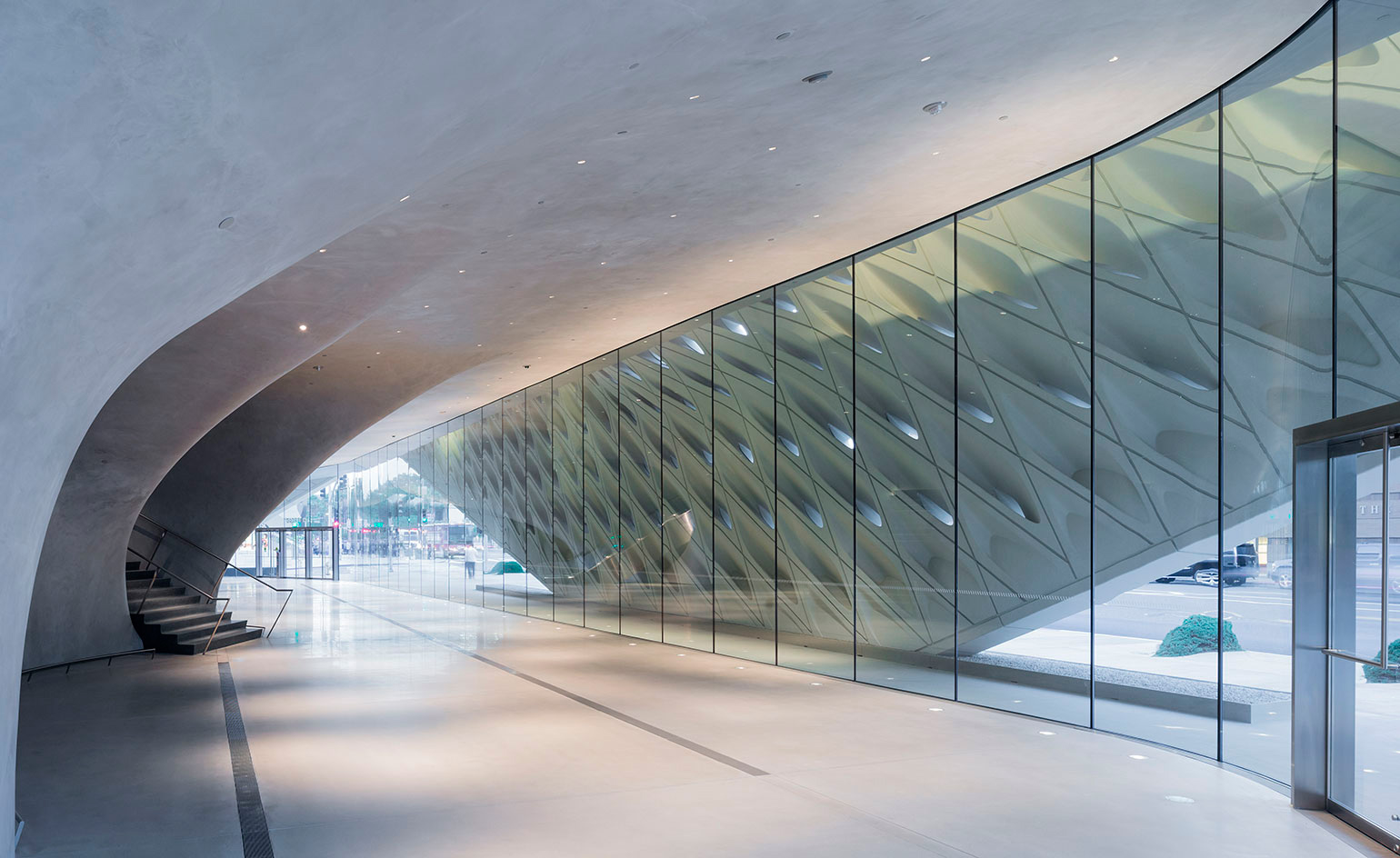
The interiors of The Broad notably feature wide areas of columnless gallery space, as well as a vast vault for art storage

Exterior view of the McMurty Building for the Department of Art & Art History, completed in 2015.
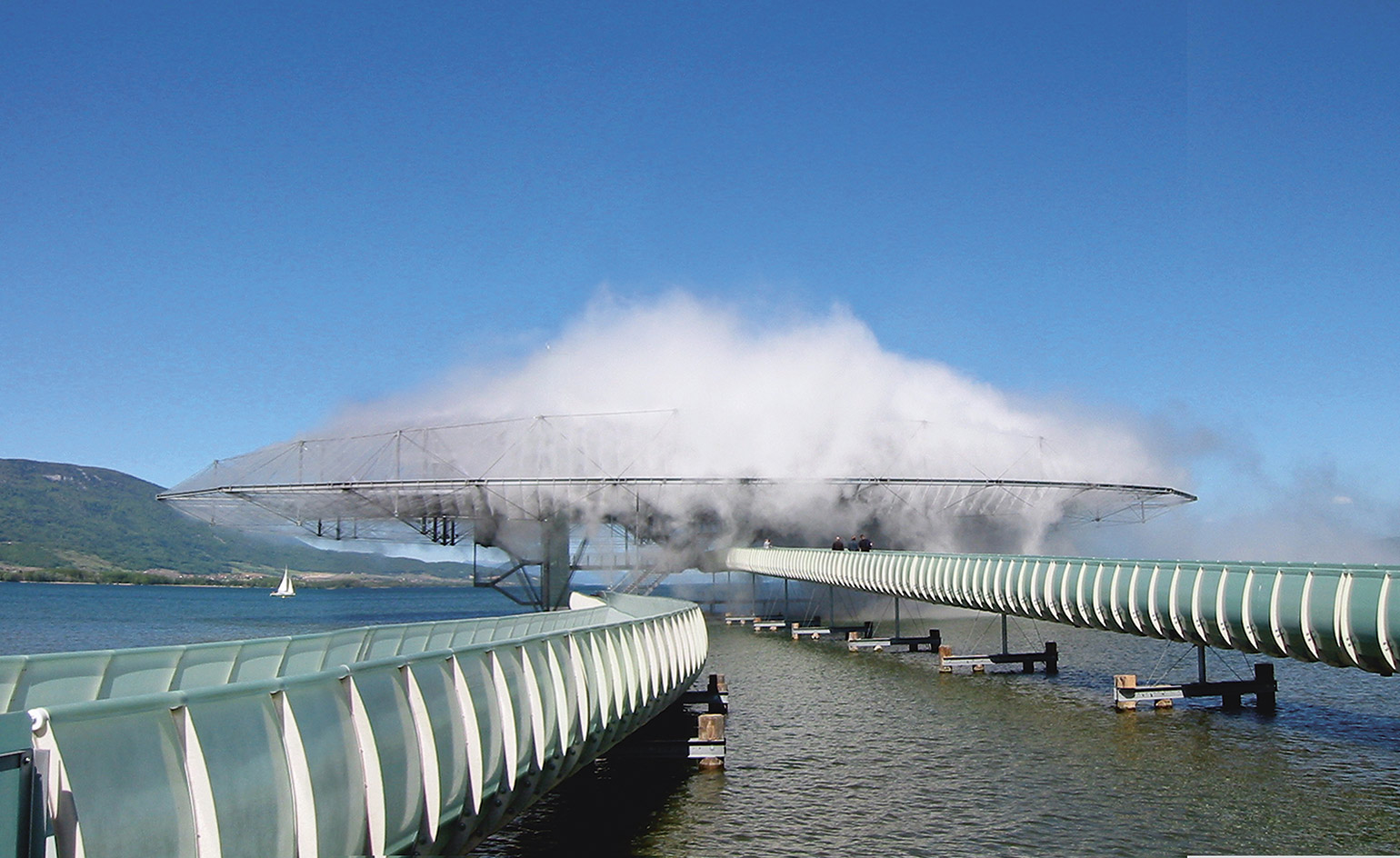
For the Swiss Expo 2002, Diller Scofidio + Renfro created the Blur Building. The architecture pumped water from Lake Neuchâtel in Yverdon-les-Bains, Switzerland, and omitted it as a fog surrounding the deck that held an immersive acoustic environment by Christian Marclay

The Hypar Pavilion at Lincoln Center for the Performing Arts, 2010, created green public space which is also the roof of a restaurant, opening up multiple social possibilities outside the cultural institution.
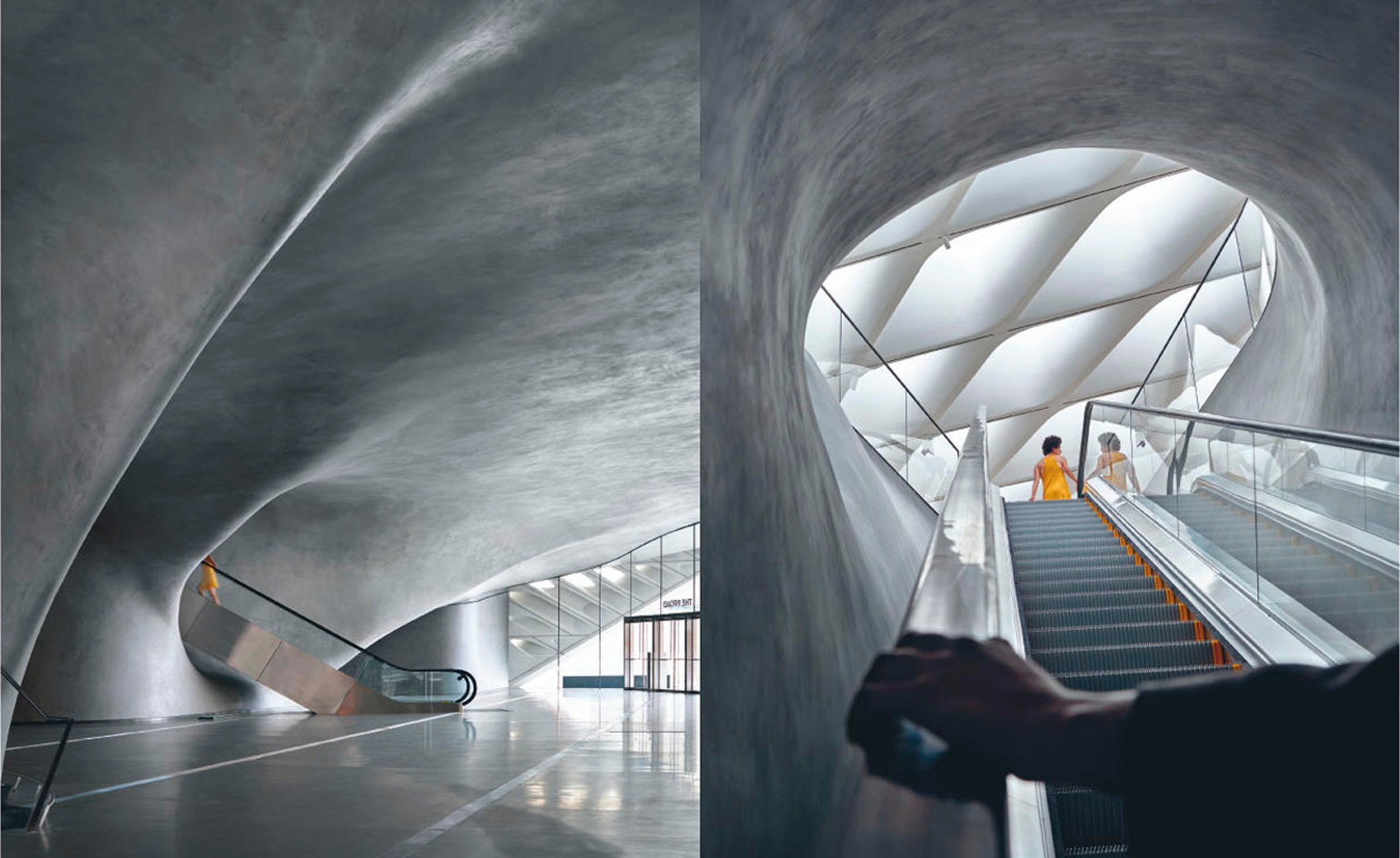
As part of her guest editorship in 2015, Liz Diller took us on an exclusive photographic tour of The Broad art museum in Los Angeles (see W*199)
Receive our daily digest of inspiration, escapism and design stories from around the world direct to your inbox.
INFORMATION
For more information, visit the Frieze Academy website and the Diller Scofidio + Renfro website
-
 Curvilinear futurism meets subtropical beaches at Not A Hotel’s ZHA-designed Okinawa retreat
Curvilinear futurism meets subtropical beaches at Not A Hotel’s ZHA-designed Okinawa retreatZaha Hadid Architects has revealed the design for the first property in Not A Hotel’s futuristic new Vertex collection, coming soon to southern Japan
-
 Gorden Wagener leaves the helm of Mercedes-Benz design after 28 years with the company
Gorden Wagener leaves the helm of Mercedes-Benz design after 28 years with the companyThe German designer is stepping down from the role of chief design officer at Mercedes-Benz. We look back at his influence and impact on the world of automotive and luxury design
-
 These Christmas cards sent by 20th-century architects tell their own stories
These Christmas cards sent by 20th-century architects tell their own storiesHandcrafted holiday greetings reveal the personal side of architecture and design legends such as Charles and Ray Eames, Frank Lloyd Wright and Ludwig Mies van der Rohe
-
 Out of office: The Wallpaper* editors’ picks of the week
Out of office: The Wallpaper* editors’ picks of the weekFrom sumo wrestling to Singaporean fare, medieval manuscripts to magnetic exhibitions, the Wallpaper* team have traversed the length and breadth of culture in the capital this week
-
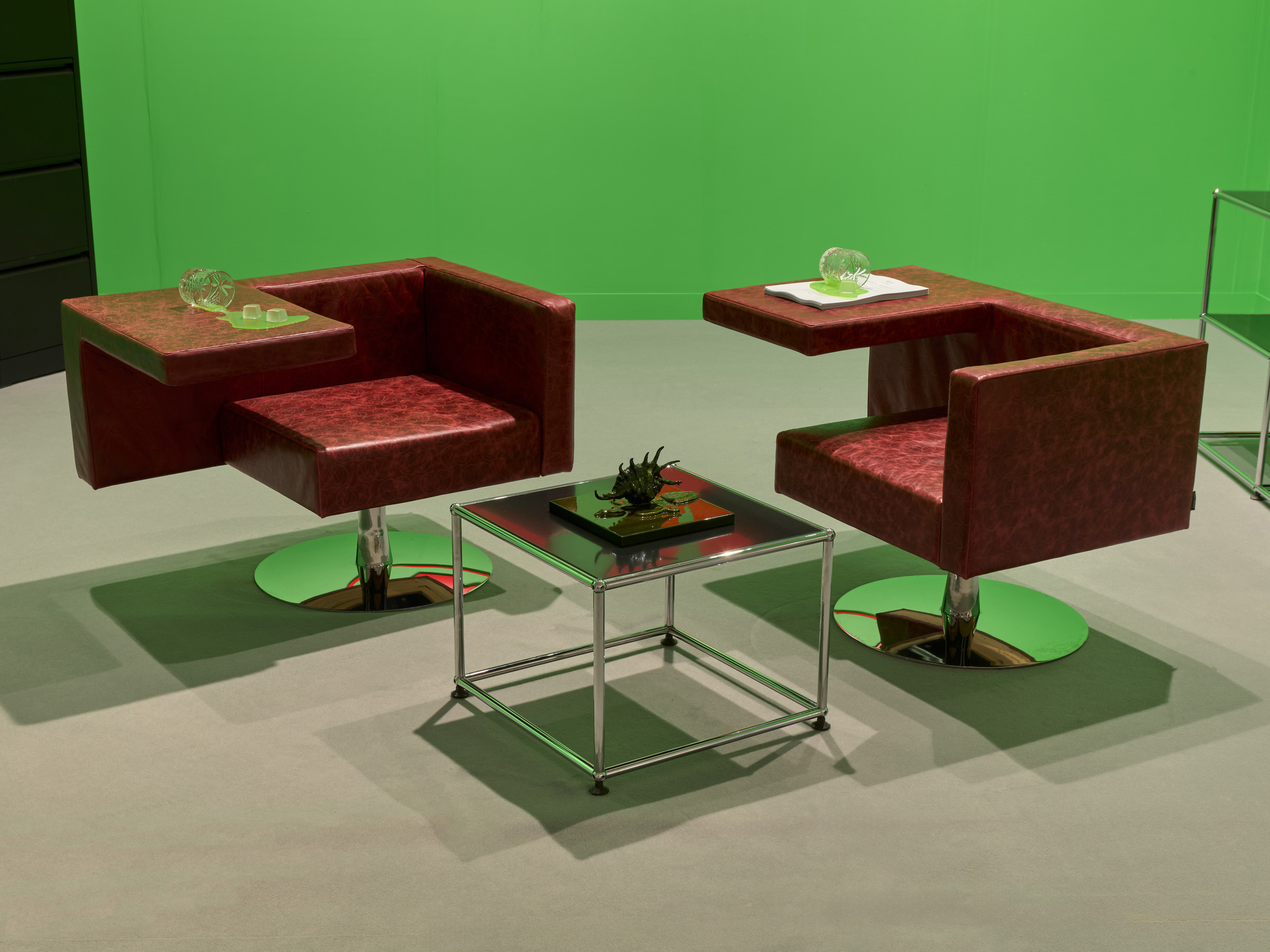 Who are the nine standout artists that shaped Frieze London 2025?
Who are the nine standout artists that shaped Frieze London 2025?Amid the hectic Frieze London schedule, many artists were showcasing extraordinary work this year. Here are our favourites
-
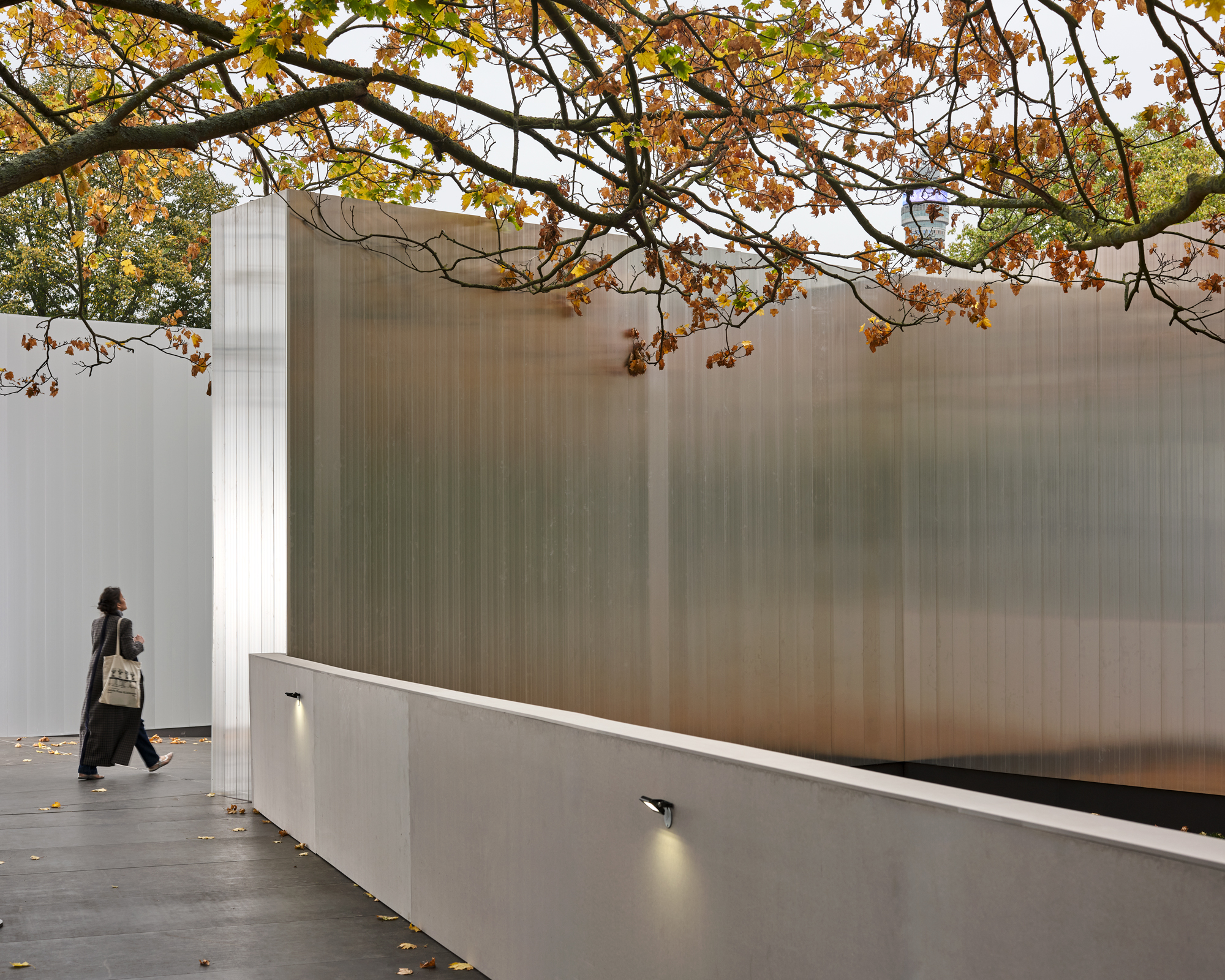 Out of office: The Wallpaper* editors' picks of the week
Out of office: The Wallpaper* editors' picks of the weekThe London office of Wallpaper* had a very important visitor this week. Elsewhere, the team traverse a week at Frieze
-
 Leo Costelloe turns the kitchen into a site of fantasy and unease
Leo Costelloe turns the kitchen into a site of fantasy and uneaseFor Frieze week, Costelloe transforms everyday domesticity into something intimate, surreal and faintly haunted at The Shop at Sadie Coles
-
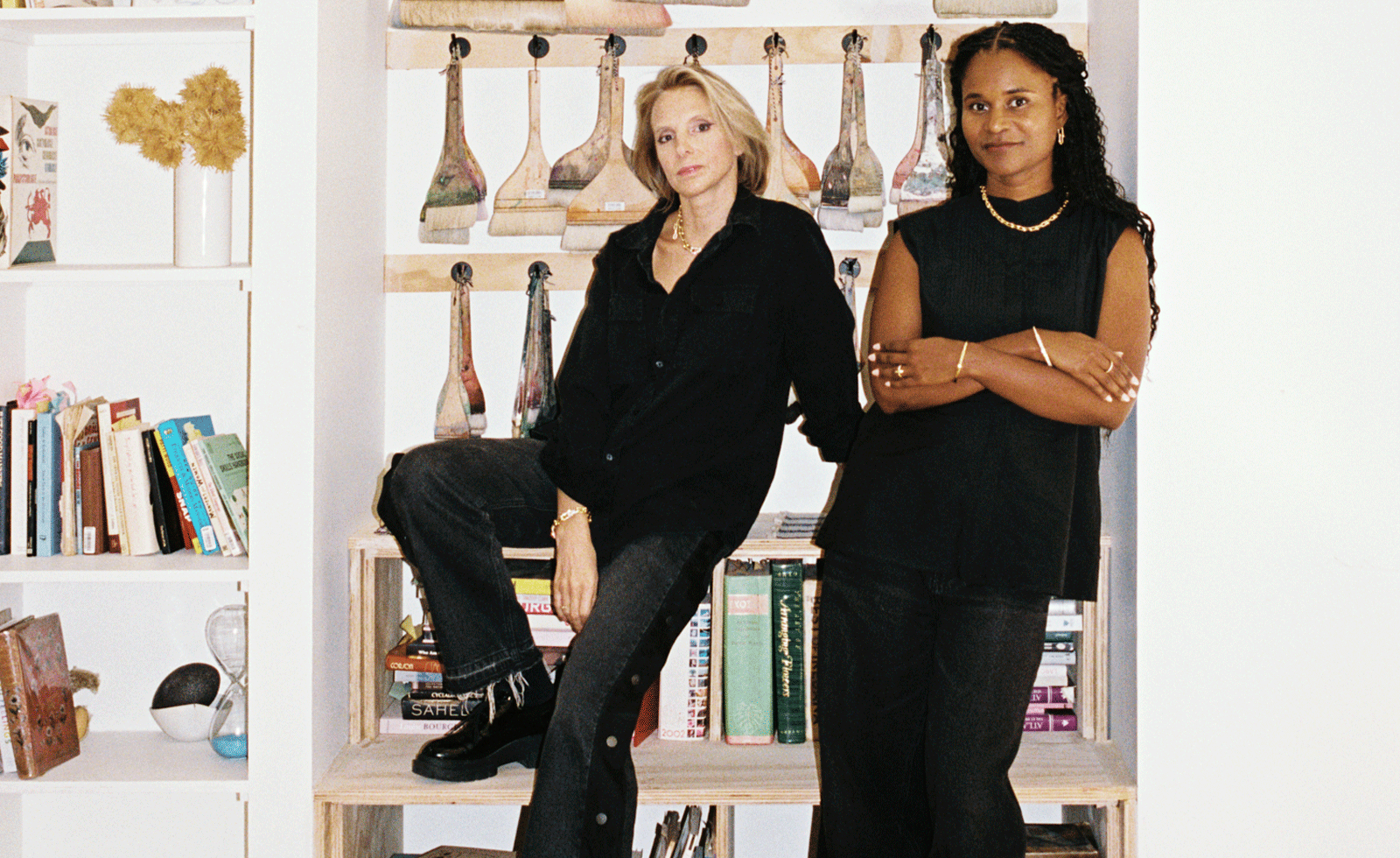 Tiffany & Co’s artist mentorship at Frieze London puts creative exchange centre stage
Tiffany & Co’s artist mentorship at Frieze London puts creative exchange centre stageAt Frieze London 2025, Tiffany & Co partners with the fair’s Artist-to-Artist initiative, expanding its reach and reaffirming the value of mentorship within the global art community
-
 Out of office: the Wallpaper* editors’ picks of the week
Out of office: the Wallpaper* editors’ picks of the weekAs we approach Frieze, our editors have been trawling the capital's galleries. Elsewhere: a 'Wineglass' marathon, a must-see film, and a visit to a science museum
-
 Frieze Sculpture is back – here's what to see in Regent's Park
Frieze Sculpture is back – here's what to see in Regent's ParkFrieze Sculpture has returned to Regent's Park. As London gears up for Art Week, here's what to see on the fringes
-
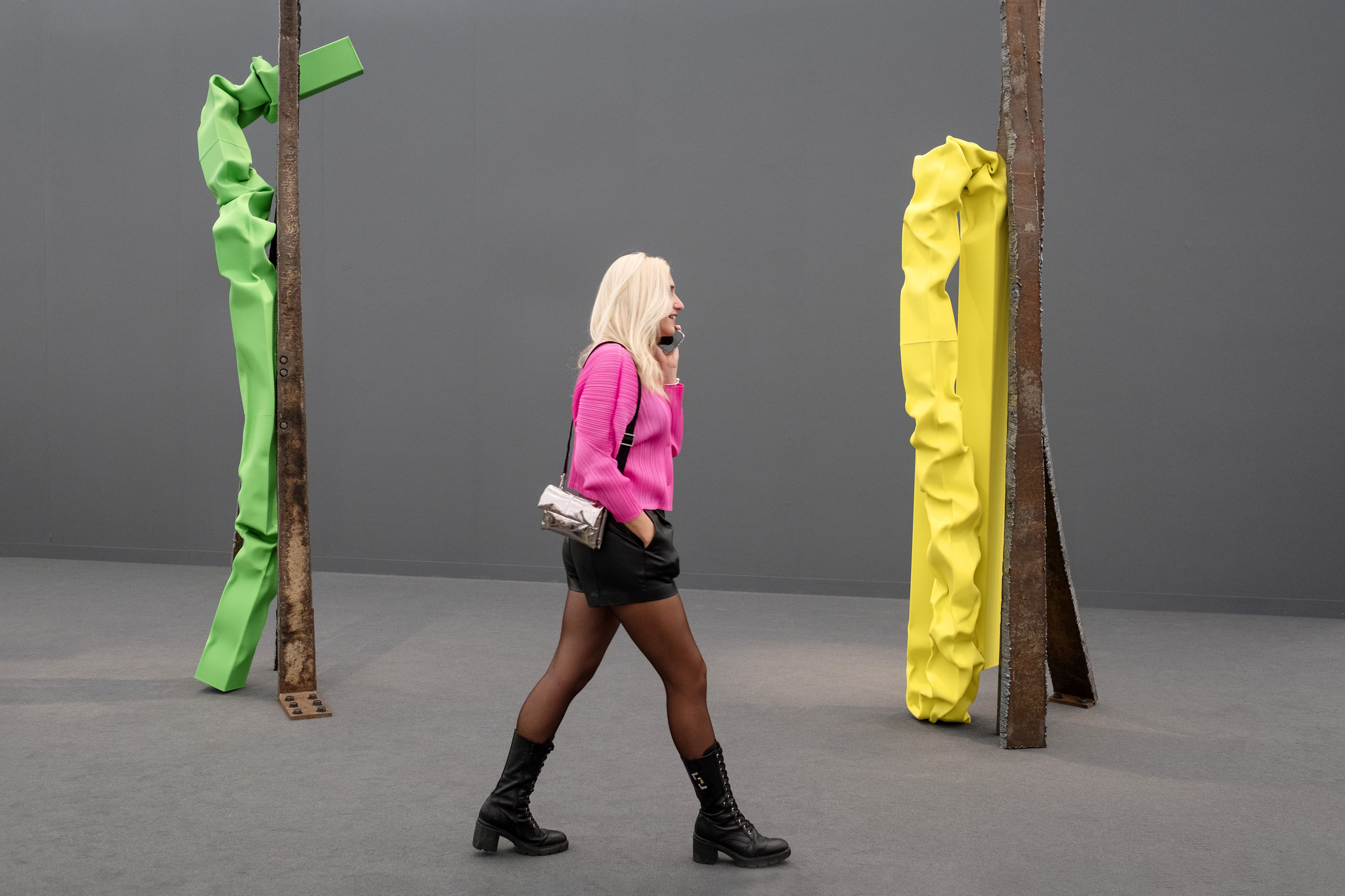 Frieze London is back! Here’s what to see
Frieze London is back! Here’s what to seeAs London gears up for Frieze 2025 (15-19 October), plan your visit early